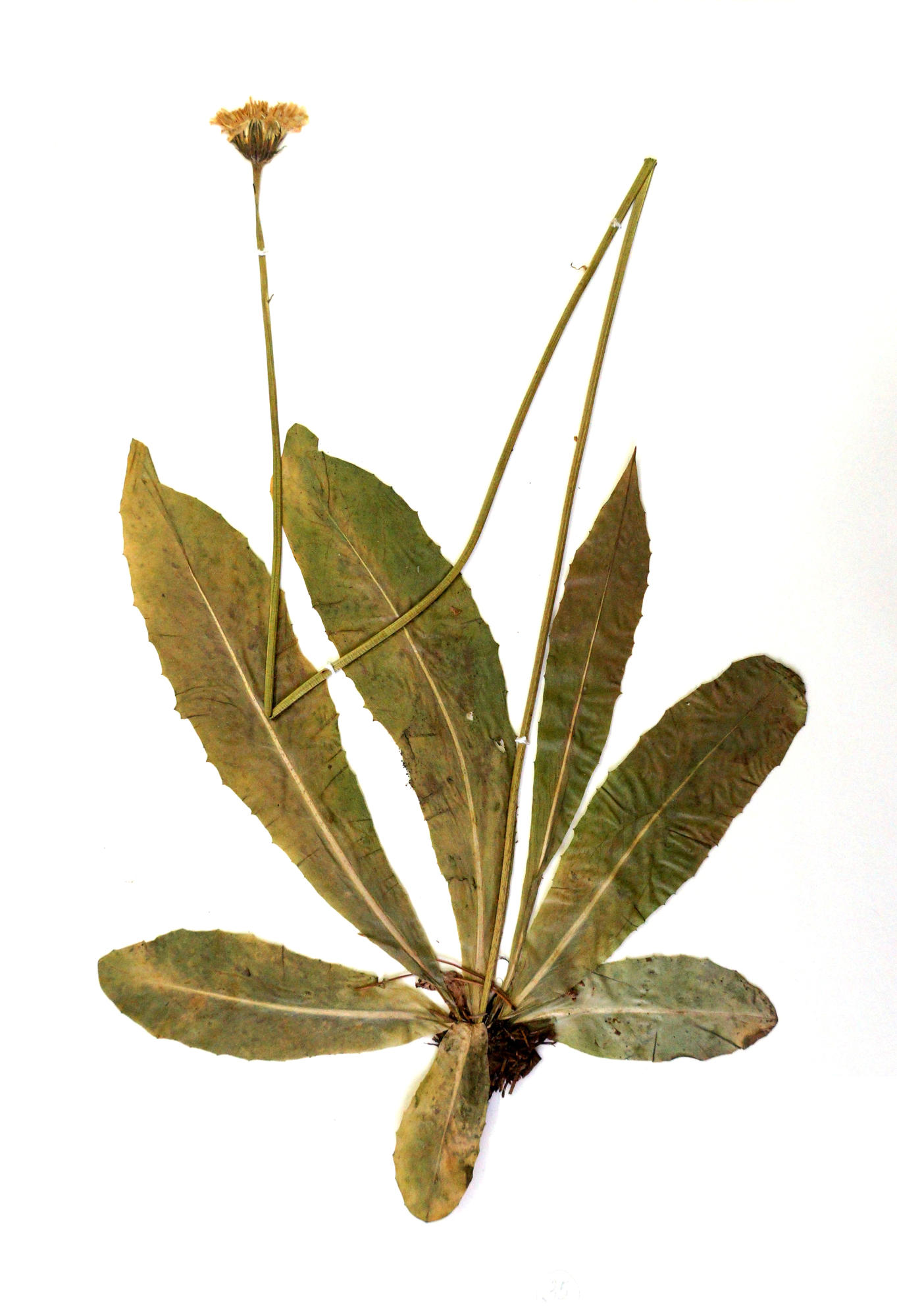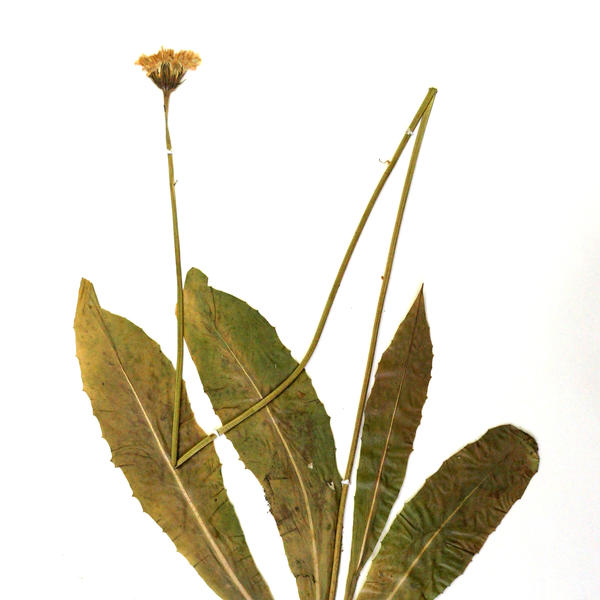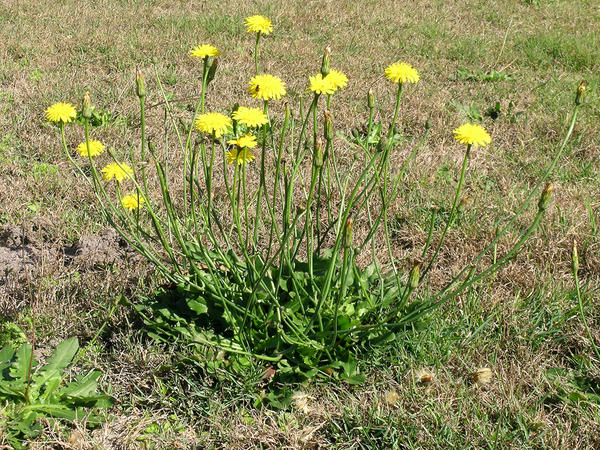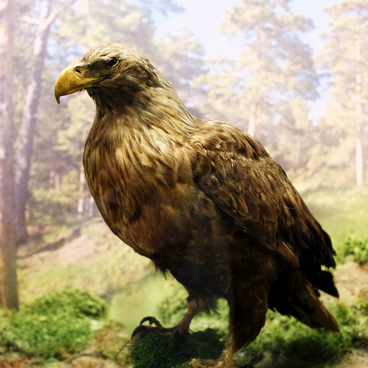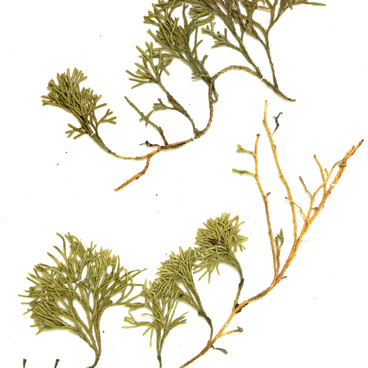Cat’s-ear is a perennial herb of the genus Hypochoeris in the dandelion family. This species was introduced from South America first to North America, then to Japan, Australia and New Zealand. There are about 50-100 species of cat’s-ear.
#1
Cat’s-ear
#12
#14
Today the plant is common in most parts of Europe. In Russia cat’s-ear can be found in the North Caucasus and across western and central Russia – in Bryansk, Kaluga, Smolensk, Orel, Tula and Nizhniy Novgorod regions. The herb prefers dry pine woods, forest edges and meadows. It is also common on roadsides, lawns and pastures.
#6
The cat’s-ear plant can be 25 – 60 cm tall. The plant flowers from June to August, and the first fruit starts to mature by July and continues to appear till September.
#7
Another name for cat’s-ear is false dandelion. Both plants have similar flowers that produce windborne seeds, and in both all parts of the plant exude a milky sap. The main difference between the two is in the stem: stems of the flowering cat’s-ear are forked and solid, whereas dandelion’s stems are bare and hollow.
#8
Cat’s-ear (Hypochoeris radicata). Source: commons.wikimedia.org
#10
Cat’s-ear is a food plant for the larvae of some Lepidoptera species, butterflies and moths. Although in horticulture the plant is considered a weed, it is edible. All parts of the plant are harvested, but most often its buds, leaves and roots. Leaves can be used in salads or steamed, while the ground and roasted roots of the cat’s-ear plant are sometimes used as a coffee substitute. The cat’s-ear plant is also used in alternative medicine in various poultices and tinctures.
Since 1993 the Hypochoeris radicata species has been on the list of rare plants of the Vologda and Novgorod regions. It is also on the list of endangered species of the Leningrad region. In 2001, 15 years after the Chernobyl disaster, all natural populations were divided into groups according to their sensitivity to radiation. Cat’s-ear belongs to the group which in the first years after the accident showed a higher level of mutagenicity. Because of the high dose of radiation cat’s-ear continues to be susceptible to mutations, and some of its species can vanish altogether.
#15
Kuzebai Gerd National Museum of the Republic of Udmurtia
read morehide
00:00
00:00
1x
Cat’s-ear
Dimensions
40x30 cm
Technique
Herborization
Collection
Exhibition
0
Open in app
Share
